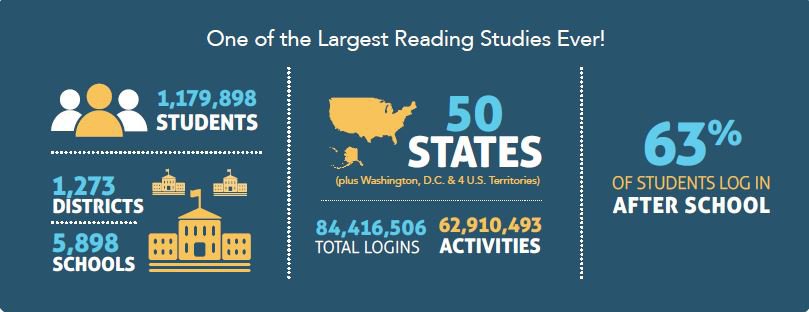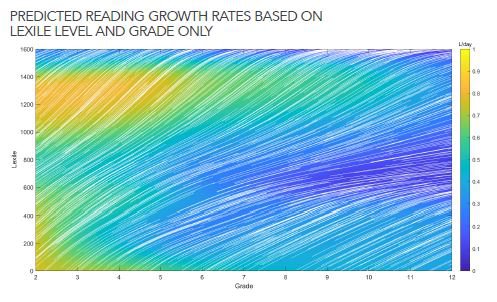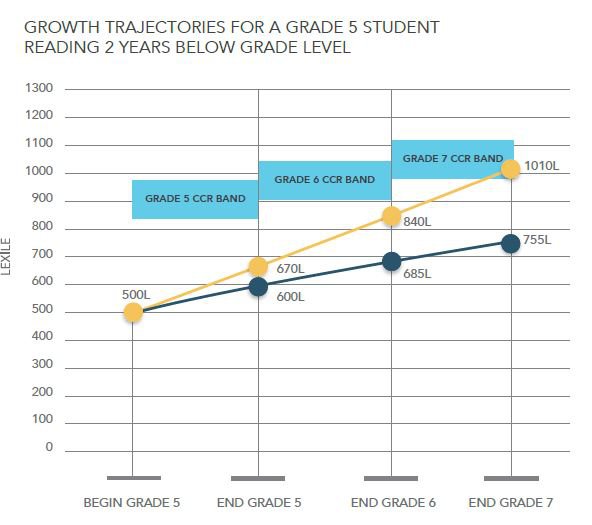In the summer of 2019, MetaMetrics and the Successful Practices Network conducted an independent analysis of usage and performance data for students using Achieve3000’s literacy solutions during the 2018-19 school year. They employed multiple methods, including machine learning modeling. Their results demonstrate why many students, especially those who begin their educational career at a lower reading level, fail to catch up to grade-level reading proficiency, and how schools and districts can truly bring equity to their classrooms by accelerating literacy growth for every student.

Anybody who has spent time in a classroom knows that one of the primary struggles faced by educators is keeping their students engaged in tasks that are conducive to learning. The following analyses seek to measure students degree of engagement with their reading and writing practices while using Achieve3000’s literacy solutions and demonstrate the positive relationship between engagement and literacy growth.
In their initial model, MetaMetrics considered only two factors: Lexile level and grade. As can be seen for portions of the visualization (graph to the right), this simple model shows a divergence of trajectories in the predicted reading growth rate according to a student’s grade level and Lexile measure. For example, a third-grade student with a reading measure of 600L is expected to gain approximately .5L each day. Following the white lines within the heat map shows this student is likely to stay on-track for college and career readiness, attaining a 1600L by the time he graduates high school. Conversely, a student in third grade with a reading measure of 200L is not predicted to exceed a reading measure of 800L by high school graduation.
This is commonly known as the Matthew effect which asserts that “the rich get richer and the poor get poorer.” The Matthew effect has been written about in academic literature with regards to education and reading in particular (Stanovich, 2009). The Achieve3000 dataset provides an example of this particular phenomenonwherever the heatmap gets hotter going up the y-axis (Lexile), the Matthew effect is observed. Although not ubiquitous, the Matthew effect is observed for significant portions of the data.

Accelerated growth is any growth above a students expected growth. Achieve3000 is especially committed to making accelerated literacy growth possible for more students, especially below grade-level readers. When we consider shifts in Lexile growth, it is important to remember that students who are performing below grade-level often need to double or triple their expected growth over the course of two to three years in order to achieve college and career readiness by high school graduation.

This chart shows the expected growth and acceleration trajectories for a fifth-grader who is reading two years below grade level. He would need to attain an accelerated rate of growth1.7 times the expected rate of growth to achieve college and career readiness by the end of seventh grade. The gap between expected and accelerated growth grows wider each year the student does not get on track for college and career readiness.
Achieve3000s patented methodology for delivering just-right content at the just-right time ensures that students who maintain an average first-try score (AFTS) of 75% or more on the assessments embedded within each lesson will receive more challenging texts to help them grow. Because the text is matched to every students reading level, it is fair and reasonable to expect that they can attain a 75% average over the course of the school year. For this reason, our two growth categories only look at students who achieved an AFTS of 75%.

Read the full study or watch a demo to learn more.